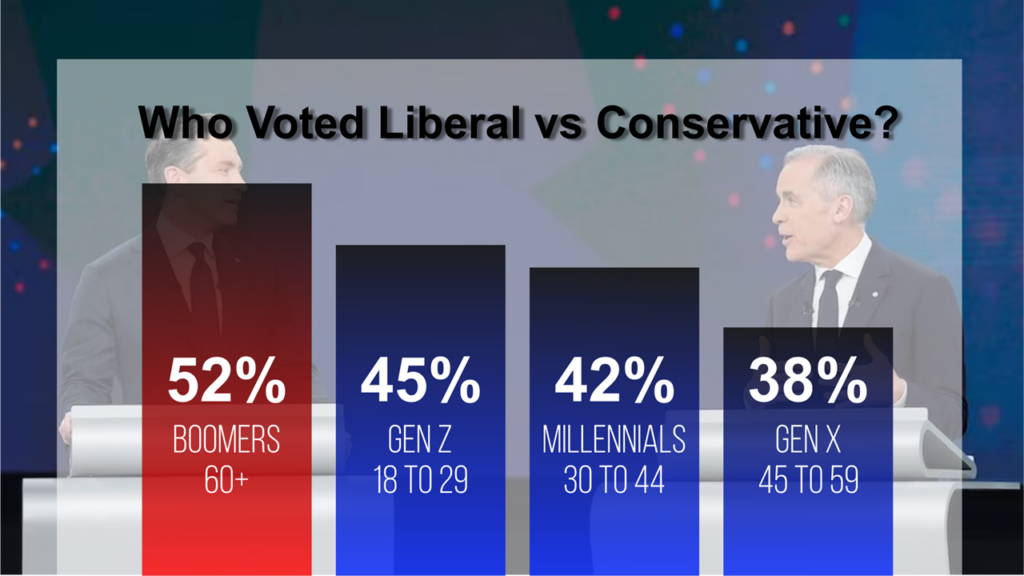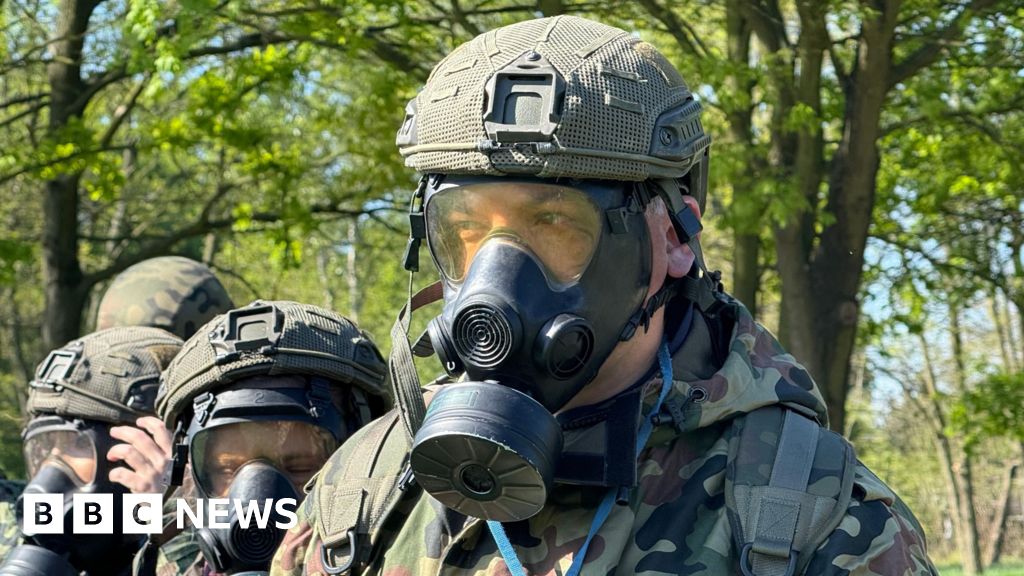U.S. Will Track Vaccine Injuries in ‘Real-Time’ Using Electronic Patient Records
Source: Children’s Health Defense
U.S. health officials will use electronic patient records to capture real-time data on vaccine injuries, signaling a shift away from relying on the Vaccine Adverse Event Reporting System (VAERS) to monitor vaccine safety signals.
The new vaccine injury tracking system is designed to address shortcomings in existing vaccine safety monitoring systems, U.S. Food and Drug Administration (FDA) Commissioner Marty Makary said in a recent interview on SiriusXM’s “The Megyn Kelly Show.”
A spokesperson for the U.S. Department of Health and Human Services (HHS) said the new surveillance system “will accurately measure vaccine risks as well as benefits — because real science demands both transparency and accountability.”
The move fulfills a promise HHS Secretary Robert F. Kennedy Jr. made the day he was sworn in to address vaccine safety issues by developing a more accurate vaccine injury reporting and surveillance system than the government-run VAERS, which captures only 1% of injuries.
“We will do that right away,” Kennedy said in a Feb. 14 appearance on Fox News’ “The Ingraham Angle. “We need to know the risk profile of these products.”
Kennedy, a longtime critic of VAERS, last month reiterated his promise to improve vaccine injury surveillance at an event in Indiana, STAT News reported.
“It’s outrageous that we don’t have a surveillance system that functions. … We’re going to find out what contribution vaccines and everything else — mold, [electromagnetic fields], food, all of these other exposures [that] began in the late 1980s — which one of those are the culprits? I suspect we’re going to see that there’s a lot of culprits, but we need to know.”
In March, Kennedy announced the creation of a sub-agency within the CDC that will focus on vaccine injuries.
Electronic health records ‘capture the full clinical landscape — before, during and after vaccination’
Under the new plan, the FDA will use Health Information Exchanges, which will use data from electronic health records and enable the real-time monitoring of vaccine safety signals, Trial Site News reported.
Immunologist and computational biologist Jessica Rose, Ph.D., said Health Information Exchanges enable “sharing of electronic health information among healthcare providers, hospitals, clinics and other authorized entities.”
“With electronic health records, the system flags patterns as they happen — like unusual clusters of myocarditis or autoimmune flares — rather than waiting for someone to fill out a form weeks later,” said Trial Site News founder and CEO Daniel O’Connor.
The new system will help the FDA respond faster to potential safety signals and compare vaccinated and unvaccinated cohorts “to detect excess risk and adjust for confounding factors — something VAERS cannot do without external data linkage.”
The FDA will also benefit by having access to “full patient histories” that will allow for a “more nuanced understanding of whether a vaccine may plausibly be linked to a health event,” Trial Site News reported, noting that VAERS entries “often lack critical context or are incomplete, making causality hard to assess.”
O’Connor said VAERS “catches the sparks, but not the fire,” while electronic health records “capture the full clinical landscape — before, during and after vaccination,” with the help of natural language processing and other new technological tools.
Makary will also merge the FDA’s adverse events reporting systems for vaccines, drugs, food and medical devices into one system, Inside Health Policy reported.
‘The type of modernization we need’
According to Trial Site News, the charges are part of “a broader initiative to modernize the FDA’s surveillance systems, ensuring they are equipped to handle the complexities of contemporary healthcare data” and to use advanced data analytics for public health decision-making.
“Speaking as a professional in the health informatics field for years, it’s the type of modernization we need. Relying solely on self-reports in the era of AI [artificial intelligence] and big data is like using a paper map to navigate a live battlefield,” O’Connor said.
Karl Jablonowski, Ph.D., senior research scientist for Children’s Health Defense, said the new system may also “reveal genetic associations to adverse outcomes,” potentially leading to “vaccination strategies dependent on a patient’s genetics.”
He applauded plans to merge other adverse event surveillance systems. “Interfacing seamlessly with a Health Information Exchange system to scan millions of patient records in high detail will add to our cumulative knowledge of drug safety.”
O’Connor said the new system “might confirm vaccine safety, or reveal complications we’ve missed, or it may reveal troubling data we need to act on.”
“The key is not controlling the outcome, but letting the data speak. We owe that to the public,” O’Connor said.


This article was funded by critical thinkers like you.
The Defender is 100% reader-supported. No corporate sponsors. No paywalls. Our writers and editors rely on you to fund stories like this that mainstream media won’t write.
A system that ‘was designed to fail’
VAERS, co-administered by the FDA and the Centers for Disease Control and Prevention (CDC), is one of two vaccine safety surveillance systems used by U.S. public health agencies.
The agencies also maintain the Vaccine Safety Datalink, where 11 healthcare organizations report information from electronic health records. Neither system has proven effective.
According to an HHS spokesperson, VAERS “was designed to fail. The Vaccine Safety Datalink (VSD) — intended as a backup to VAERS — is virtually unusable for serious research. Both systems have become templates of regulatory malpractice.”
Jablonowski said VAERS and VSD “create the illusion that there is pharmacovigilance at work and that the vigilance is transparent,” but that’s not the case.
Makary told Kelly such pharmacovigilance would be possible under the new system. “We can now look at 100,000 people who took a product, follow them in de-identified data, and see how many came back to the hospital,” Makary said.
O’Connor said the new system “could go wrong fast if it becomes a closed system, controlled by self-interested contractors or bureaucrats with no accountability. Public access and auditability are non-negotiable.” He added that the data must be anonymized.
Albert Benavides, a VAERS expert and founder of VAERSAware.com, agreed, saying it would be a “huge mistake” not to make the new system public.
“Any system needs accountability and enforcement. We would be in the realm of insanity doing the same closed system but expecting different results.”
Other experts agreed that transparency must be balanced with privacy protections.
“By using vaccine injury monitoring in real time … every single bit of information would become data — and, therefore, potentially accessible by anyone,” Rose said.
Related articles in The Defender
- ‘Long-overdue Crack in the Dam’: RFK Jr. to Create CDC Sub-agency Focused on Vaccine Injuries
- Breaking: Emails Obtained by CHD Reveal Government’s Failure to Monitor COVID Vaccine Injury Reports
- CDC Stonewalls Requests for COVID Vaccine Safety Monitoring Documents
- Watch: VAERS Purposely ‘Throttling’ and Undercounting Reports of Deaths After COVID Shots
- ‘The Defender In-Depth’: VAERS Intentionally Undercounting, Obscuring Vaccine Injury Data, Expert Says
- CDC Runs Two VAERS Systems — The Public Can Access Only One of Them














